News
Unveiling the Potential of Switch Power Supply: A Comprehensive Look at YUCOO’s Innovative Offerings
Click: 631 Date: 12/13/2023 10::22::03 AM
Unveiling the Potential of Switch Power Supply: A Comprehensive Look at YUCOO's Innovative Offerings
The Future of Switch Power Supply: A Deep Dive into the Industry Trends
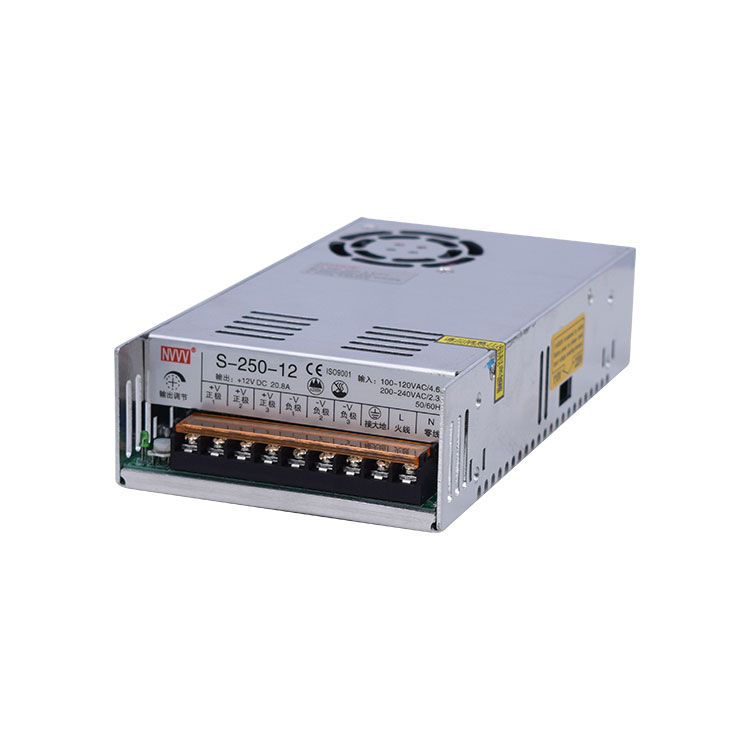
The global switch mode power supply transformers market size was valued at USD 1.6 billion in 2019 and is expected to grow at a compound annual growth rate (CAGR) of 2.1% from 2020 to 2027. This growth is driven by the benefits of switch mode power supply transformers such as efficient power usage, lightweight, compact size, and flexible power conversion.
Switch mode power supply is an electronic circuit that uses switching devices to convert power at high frequencies. This high-frequency operation enhances the overall efficiency of the SMPS transformers, leading to increased demand for these circuits.
However, the high-frequency noise generated by these transformers has posed a challenge to their adoption across all applications. This is particularly true for applications that require high performance and are seeking to maintain data integrity.
To overcome this issue, companies like Texas Instruments Incorporated and Analog Devices Inc. are developing solutions. For instance, the Analog Devices’ product ADP5135 includes multiple-switching buck regulators, which can eliminate the beat frequency problem since the company’s products’ regulators are synchronized to a common source.
In addition to these technical advancements, the growing inclination of manufacturers to reduce carbon dioxide emissions has led to the introduction of eco-friendly products. The paradigm shifts towards miniaturization of electronic components, and the emergence of IoT are also expected to upkeep market growth over the forecast period.
The consumer electronics segment held the largest revenue share of 49.6% in 2019 and is anticipated to continue its dominance in the market for switch mode power supply over the forecast period. The AC to DC segment accounted for 46.6% revenue share in 2019 and is projected to grow at a substantial rate in the switch mode power supply transformers market in the next seven years.
Despite the challenges posed by the COVID-19 pandemic, which caused supply chain disruption, the market for switch mode power supply is anticipated to experience a plunge for a couple of years and record steady growth over the long term.
In conclusion, the future of switch power supply looks promising, driven by technological advancements, eco-friendly considerations, and the growing demand for high-efficiency power supplies in various applications. Companies like YUCOO, which are innovating and offering efficient and cost-effective solutions, will play a significant role in shaping this future.
YUCOO's Switch Power Products: Pioneering Efficiency and Innovation
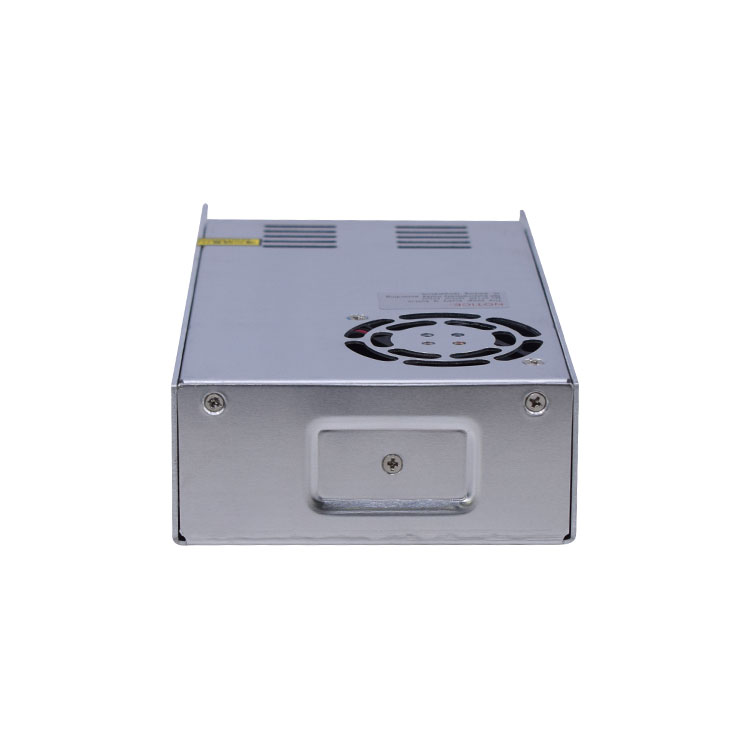
YUCOO Network Equipment Co., LTD, established in 2003, has been a leading manufacturer in China, specializing in designing, researching, developing, and selling high-frequency switching power supplies, DC/AC power inverters, frequency converters, adjustable power supplies, battery chargers, power distribution units, rectifier systems, and DC-DC converters. Over the past two decades, YUCOO has been at the forefront of technological advancements in the power supply industry, continuously innovating its products to meet the evolving needs of various sectors.
One of the significant technological advancements in YUCOO's power supply products is the development of high-efficiency designs. By incorporating advanced power conversion technologies and topologies, YUCOO has been able to minimize power losses and maximize energy conversion. The result is power supplies that are more energy-efficient, leading to energy savings and reduced heat generation.
YUCOO has also embraced digital control and monitoring capabilities in their power supply products. By incorporating digital signal processing (DSP) technology, microcontrollers, and intelligent algorithms, YUCOO's power supplies offer enhanced control, flexibility, and real-time monitoring capabilities. This allows for precise regulation, adaptive control, and advanced features such as remote monitoring and programmability.
In terms of safety, YUCOO has integrated advanced protection features into their power supply products. These include overvoltage protection, overcurrent protection, short-circuit protection, temperature monitoring, and fault detection mechanisms. These features ensure the safe operation of the power supply products and protect the connected equipment from potential damage or failures.
YUCOO's power supply products also adhere to stringent energy efficiency standards, such as the 80 PLUS certification. The 80 PLUS program sets benchmarks for energy efficiency in power supplies, and YUCOO's products meet or exceed these standards. This ensures that customers can rely on YUCOO's power supplies to deliver high efficiency and contribute to energy conservation.
In conclusion, YUCOO's pioneering efforts in developing and refining switching power converters have led to remarkable advancements in energy efficiency, power density, and reliability. These advancements have not only transformed the power supply industry but have also made a substantial impact on environmental sustainability. With their continued commitment to innovation, YUCOO is poised to shape the future of power conversion, driving energy efficiency and contributing to a greener world.
The Role of Switch Power in the Evolution of the Electronics Industry
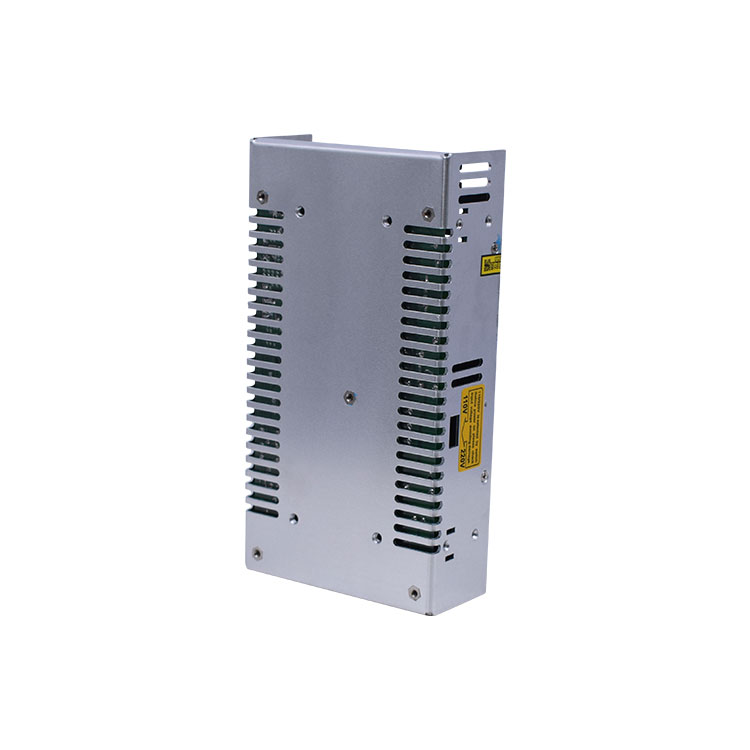
Switch power has played a pivotal role in the evolution of the electronics industry. It has enabled the development of a wide range of devices, from small consumer electronics to large industrial machinery, by providing a means to convert electrical power from one form to another. This has been particularly important in the development of devices that operate on AC power, such as televisions, computers, and air conditioners, which require DC power to function.
One of the key advancements in switch power technology has been the development of power electronic switches. These switches, which include diodes, transistors, and thyristors, are fundamental components of switch power systems. They control the flow of current, allowing for the conversion of power from one form to another. The classification of these switches is based on several factors, including the number of terminals, the number of junctions, their controllability, and their bidirectional capability.
The development of switch power technology has also been driven by the need for increased efficiency and reliability. Power electronic switches have been classified based on their controllability, with some switches being fully controllable, semi-controllable, and others being uncontrollable. These classifications have guided the development of switch power systems that are more efficient and reliable, leading to advancements in the electronics industry.
The thyristor family of power electronic switches, for instance, has been used to switch alternating currents and is utilized when the power requirements (current and voltage) are relatively high. The thyristor quickly gained traction in many AC applications, such as in AC drives and uninterruptible power supplies (UPSs). However, its turn-off incapability and the low frequency of operation (50–60 Hz) limited its application.
In conclusion, switch power has been a key driver in the evolution of the electronics industry, enabling the development of a wide range of devices and contributing to advancements in power electronic switches. As the industry continues to evolve, the role of switch power is likely to become even more significant, driving further advancements in power conversion and efficiency.
The Impact of Switch Power Supply on Consumer Electronics and Industrial Applications
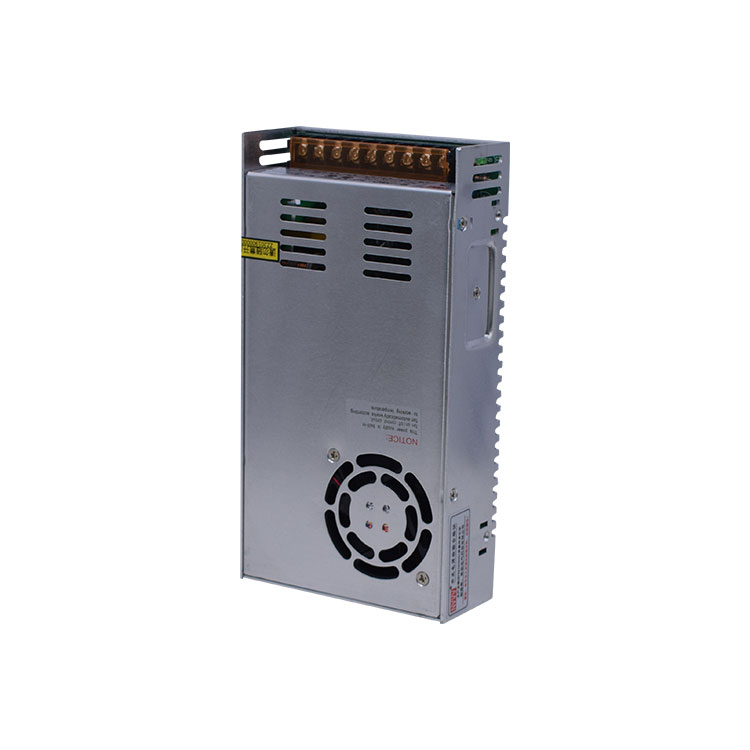
Switch power supplies have a profound impact on both consumer electronics and industrial applications. They are integral to the operation of a wide range of devices, from small consumer electronics such as smartphones, laptops, and televisions, to large industrial machinery such as servers, data centers, and manufacturing equipment.
In consumer electronics, switch power supplies are critical for the efficient operation of devices. They convert the AC power supplied by the wall outlet into DC power, which is then used by the device. This conversion process is highly efficient, leading to reduced power consumption and lower operating costs for consumers. For example, smartphones and laptops, which rely heavily on battery power, benefit greatly from the energy-efficient operation of their switch power supplies.
In industrial applications, switch power supplies are used to power a wide range of equipment, from servers and data centers to manufacturing machines. They enable these devices to operate efficiently and reliably, contributing to increased productivity and reduced operating costs. For example, in data centers, switch power supplies are used to power servers, which require a large amount of power. By providing efficient power conversion, switch power supplies help to reduce the energy consumption of data centers, contributing to energy efficiency and environmental sustainability.
However, the use of switch power supplies also presents some challenges. One of the main issues is the generation of harmonic currents, which can cause problems such as interference with other electronic devices and potential damage to the switch power supply itself. To address this issue, researchers are developing new switch power supply designs that minimize harmonic current generation.
In conclusion, switch power supplies play a crucial role in both consumer electronics and industrial applications. They enable devices to operate efficiently and reliably, contributing to energy efficiency and cost savings. However, ongoing research and development are needed to address the challenges associated with their use, ensuring their continued widespread adoption in the future.
Switch Power Supply: A Key Player in the Global Market
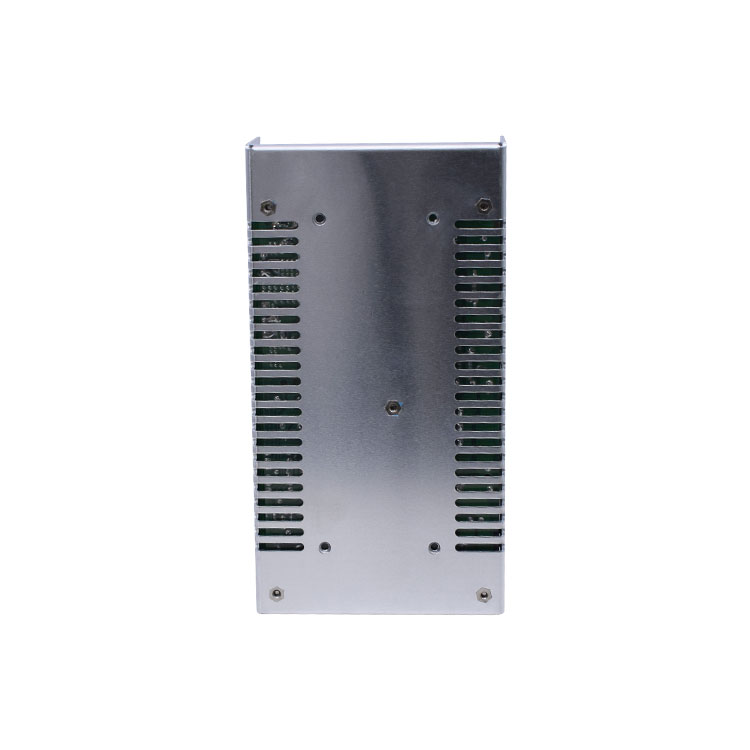
Switch power supplies have become a key player in the global market, contributing significantly to the efficiency and functionality of various electronic devices. They are used in a wide range of applications, from consumer electronics to industrial machinery, and are expected to continue their growth trajectory in the coming years.
The global switching mode power supply market was estimated at US$23.8 billion in 2020 and is projected to reach US$29.2 billion by 2026, growing at a CAGR of 3.6% over the analysis period. This growth is primarily attributed to the introduction of new cost-effective and efficient technological products. The rapid growth in sales of consumer electronic products, such as personal computers, refrigerators, smartphones, and adapters, is driving an increased demand for switching mode power supply (SMPS) transformers.
The AC/DC segment of the market is projected to grow at a 3.3% CAGR to reach US$15.3 billion by the end of the analysis period. This segment is a significant part of the global switching mode power supply market, highlighting the continued importance of AC/DC power supplies in various applications.
Switching mode power supplies are also finding widespread use in industrial machine tools and control systems globally. Their lower shipping costs and variable power conversion make them an attractive option for these applications. Furthermore, the rising automotive industry that uses switching mode power supply in portable automobile chargers is another significant market driver.
In conclusion, switch power supplies are a key player in the global market, contributing to the efficiency and functionality of various electronic devices. Their continued growth and development are expected to drive further advancements in the electronics industry, contributing to energy efficiency and environmental sustainability.